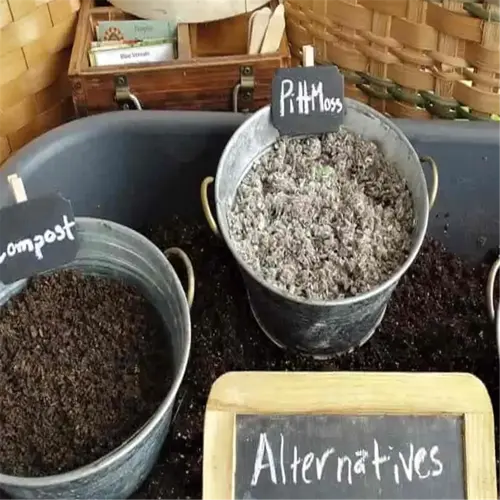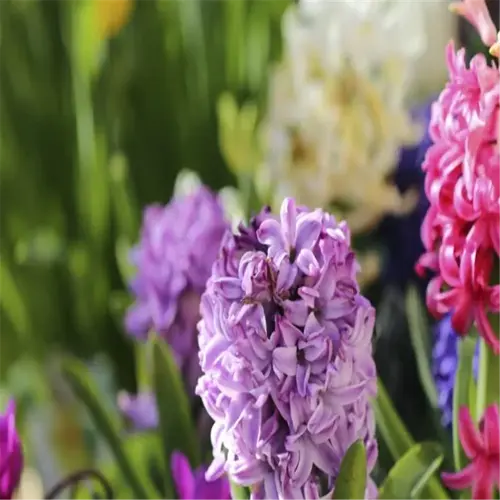Can plants recover from frost exposure?

Written by
Paul Reynolds
Reviewed by
Prof. Martin Thorne, Ph.D.Plants exposed to frost can usually survive provided that the root systems and buds remain alive.For example, I have seen hibiscus resprout from dead-looking stems after 18 days.Recovery depends on three factors: the hardiness of the plant, the duration of time it had frost exposure, and its location of damage.Thus, never assume a plant is lost and discard something until new growth has failed to appear at mid-spring.
Recovery Timeline
- Days 1-7: No pruning - assess bud viability
- Days 8-14: Remove clearly dead tissue
- Days 15-21: Apply balanced fertilizer (10-10-10)
- Day 22+: Monitor new growth patterns
Common Mistakes
- Premature pruning removes protected buds
- Overwatering frozen roots causes rot
- Using high-nitrogen fertilizers too early
- Ignoring secondary pest infestations
The rate of recovery is influenced by microclimates. My south-facing garden bed's rosemary returned in 12 days, while the same type of rosemary in north-facing clay took 28 days to revive. Additionally, using a moisture meter will help you determine root health. If the roots are still viable, they will feel firm and not mushy when pressure is applied, like when you scrape the roots lightly with a thumbnail.
Regional variations are noted in gardening practices. Desert gardeners patiently wait for the beginning of the monsoon season for recovery. Coastal growers utilize seaweed extracts to spur cell repair. I use a kelp solution to spray all damaged perennials once every 10 days or so. This gives damaged perennials access to trace minerals without pushing newly emerging growth in vulnerable plants that are likely to encounter frost.
Photograph and document recovery progress. My citrus, which suffered frost damage, showed bud swelling after 17 days, despite having blackened foliage. Use sharp bypass pruners that have been sanitized with alcohol before removing dead material. When removing dead material, cut approximately 1/4 inch above healthy growth points and cut from a 45° angle to avoid water from pooling.
Read the full article: 12 Ways to Protect Plants from Frost: Expert Tips

